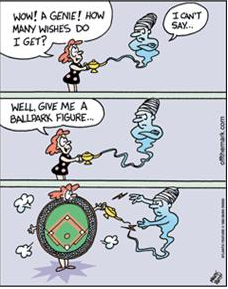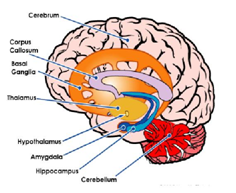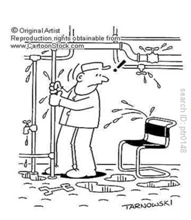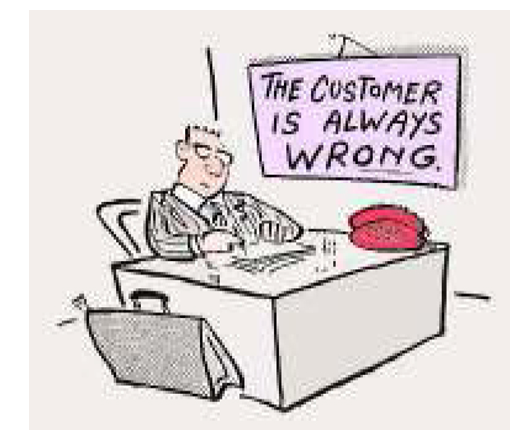HOW HARD SHOULD I WORK
WRITTEN BY: JOEY NG
Everyday, we go to work, but, why do we go to work? Because we have to, or, because we want to? We can simply define ‘Have to’ as a need, and ‘Want to’ as a choice.
Whether it is ‘have to’ or ‘want to’ depends on the factors that motivate us to go to work daily. These factors can be categorized into 2 categories: Intrinsic and Extrinsic.
Example of Intrinsic factors: Passion, Self-Fulfilment and Mastery of Subject.
Example of Extrinsic factors: Monetary Reward, Threat of Punishment.
Studies have shown the when one is intrinsically motivated, greater effort and desire will be put into the task and often, leading to greater output. People who are intrinsically motivated believe that the output is in their own hands. Researchers have also found out that these people approaches stress with stride and handle it in a positive manner. Studies also reveal that when one is motivated by extrinsic factors, he will pay less attention to enjoyment and satisfaction from the task perform. People who are extrinsically motivated will based their performance on extrinsic factors. Performances and returns share a positive relationship for people in this category. For example, if a worker’s pay is halved, expect him to only produce half the original output. Coercion is a good means to drive output from people under this category, albeit it is a short term solution.
It is rare for one to be employed solely on intrinsic motivation alone. We often hear, ‘You should do something that you are passionate in’. In reality, for most, passion alone does not fill the rice bowl. So, the question is, how do one find the balance?
One of the tools we can use to evaluate this balance is the Equity Theory.
Individual’s Output = Partner’s Output
Individual’s Input Partner’s Input
Equity Theory is based on how fair one perceives his ratio of input and output against another person’s ratio. Output refers to the outcome of one’s effort and input refers to the work put it. Output and input can either be tangible, intangible or a combination of both. Example of outputs includes salary, satisfaction, acceptance and promotions. Examples of inputs are time, effort and money. The subject of comparison does not have to come from the same industry. Perception and relativism are highly significant in this theory because of the intangible elements and the relative nature of the equation.
Fairness exists because of relativism. In retrospect, it seems like it is not a matter of how and how much we are rewarded, but, how the other parties are.



















